Swimming in tidal waters can be fun if you do your research and follow advice on swimming safely outdoors generally, in rivers and the sea, and especially in tidal rivers and estuaries. And find out about the specific river, ideally from locals who know it well. A version of this page is on the Outdoor Swimming Society: understanding tidal rivers and estuaries.
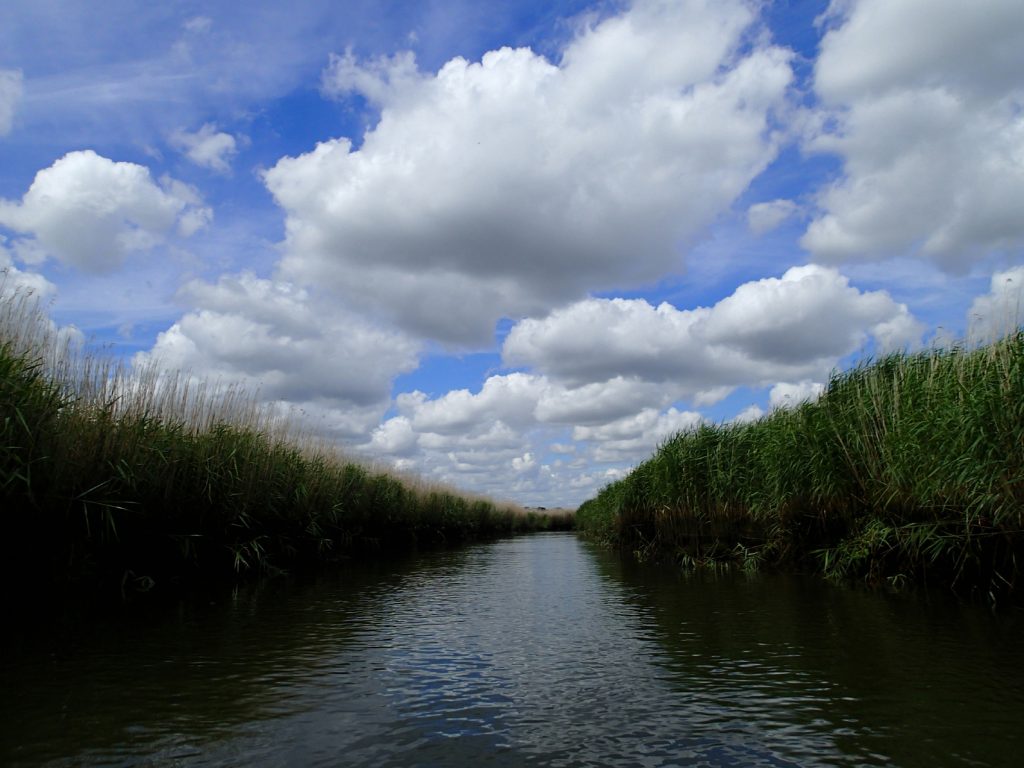
Swimming outdoors is not a risk-free activity, but we can mitigate the risks. In addition to the risks of cold water and other hazards, here are the main hazards of swimming in rivers, the sea and in tidal rivers and estuaries (advice in links below):
Rivers
- currents and eddies – which can be faster than you expect, and not always obvious
- flotsam and jetsam, hidden obstacles
- entry and exit points
- effects of the weather
- health risks and pollution
- boats and other river users
Sea
- tides and rip tides
- unpredictability
- impact of wind
- boats
Tidal rivers and estuaries – all the above plus
- silty or muddy water
- long gaps between access points
- very muddy exit points
- brackish water
- changing flow direction
- tides and bores
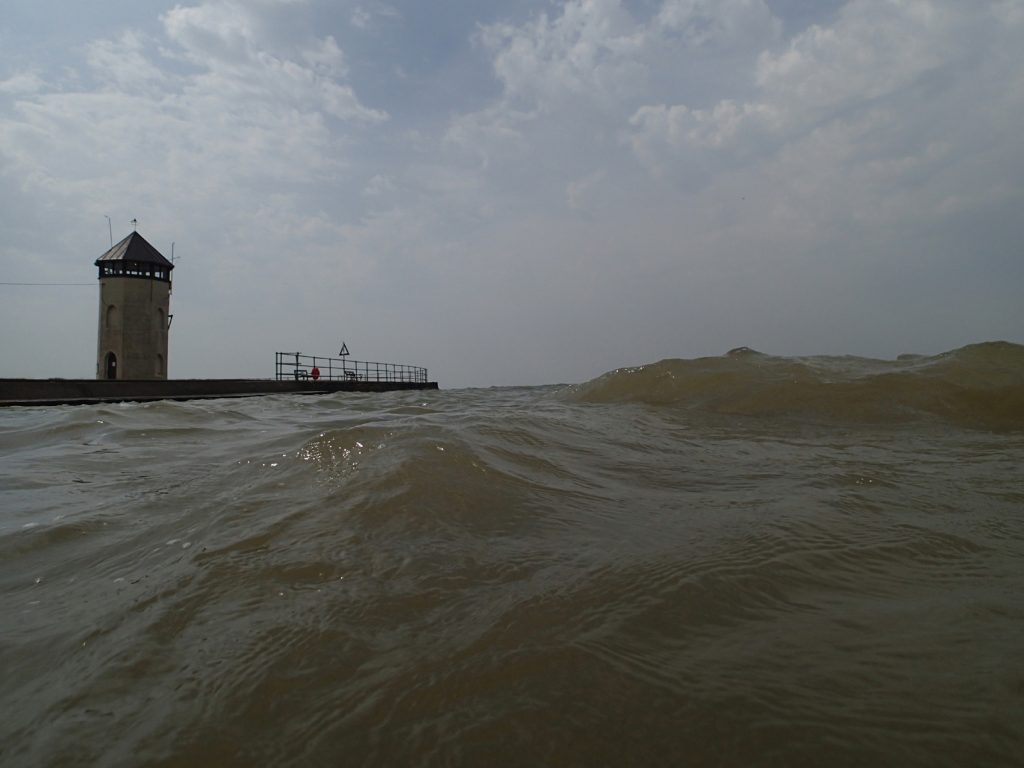
There are some advantages
- you can use the speed of the tide or bore to help you swim a distance faster
- the water can be warmer, as water flows over extensive mudflats
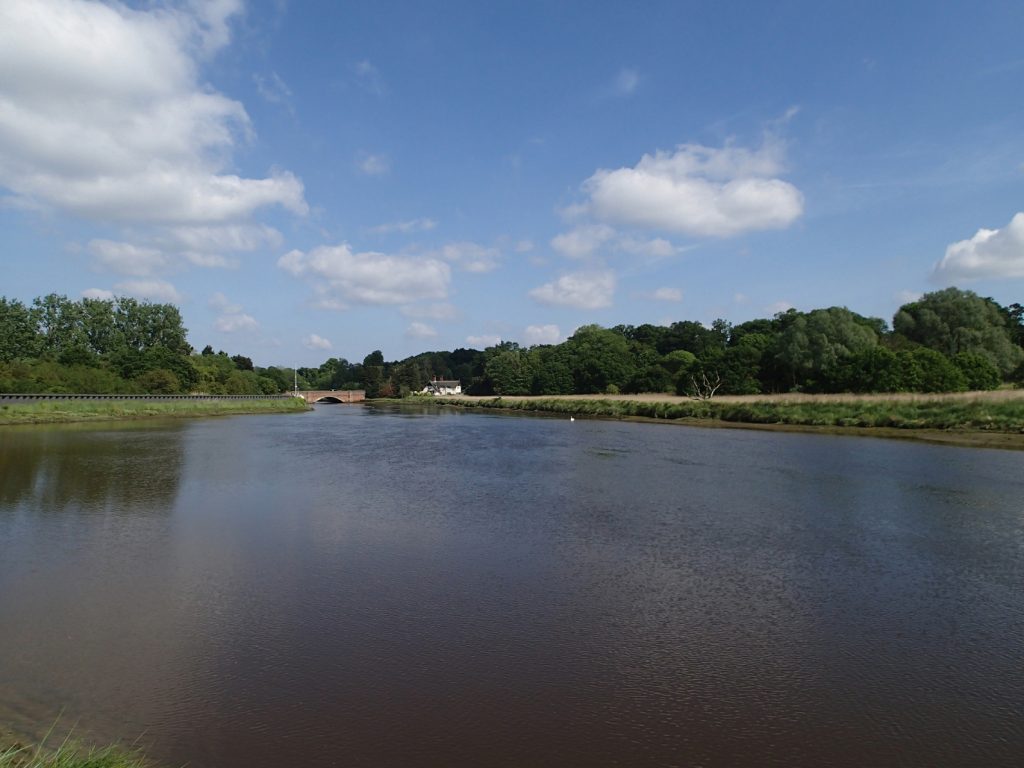
How to swim safely in tidal rivers and estuaries
- You need to be aware of all hazards and to understand them, and – very importantly – know the local water and how it behaves. It’s best to tap into local knowledge and to observe the water. Talk to sailors, boaters, canoeists and kayakers, anglers and experienced swimmers.
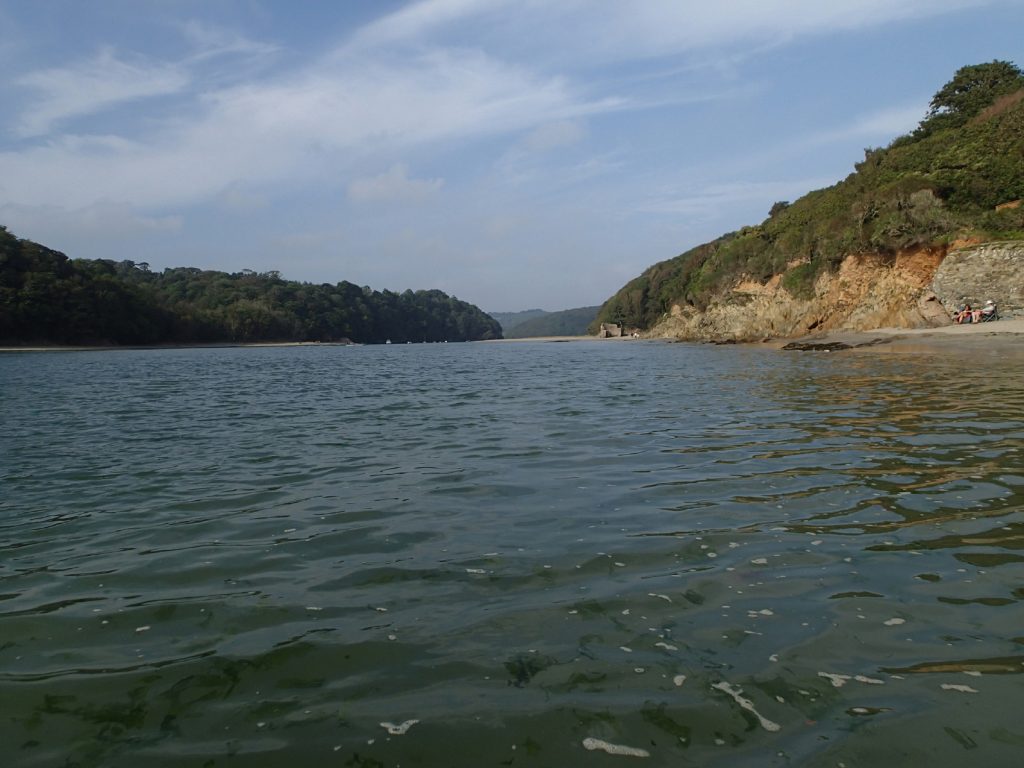
- Learn to read tide tables and sea charts and to understand them. In some places you might want to swim in the slack water either side of high tide, in other places at low tide. Tides are quite complicated, in terms of times, directions and speed. The local tide table might not apply exactly to the place you might be thinking of swimming.
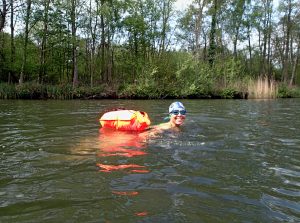
- Watch out for boats, keep away from them, and make sure they can see you, with a bright swim hat and tow float. Be aware of the rules of navigation, but adapt to the particular circumstances. Some boaters are inexperienced and can be unpredictable. The ladders at mooring points should only be used with great caution, and not if boats are around, as boats might approach faster than you expect.
- Check for sources of pollution. Heavy rainfall can have an impact on water quality. Areas busy with boats can be polluted by fuel or waste spills or discharges.
- Heavy rain can mean flooding, faster flowing water, and debris. Be very cautious.
- Swimming is banned – or allowed only with special permission – in some tidal rivers such as the Thames below Putney Bridge.
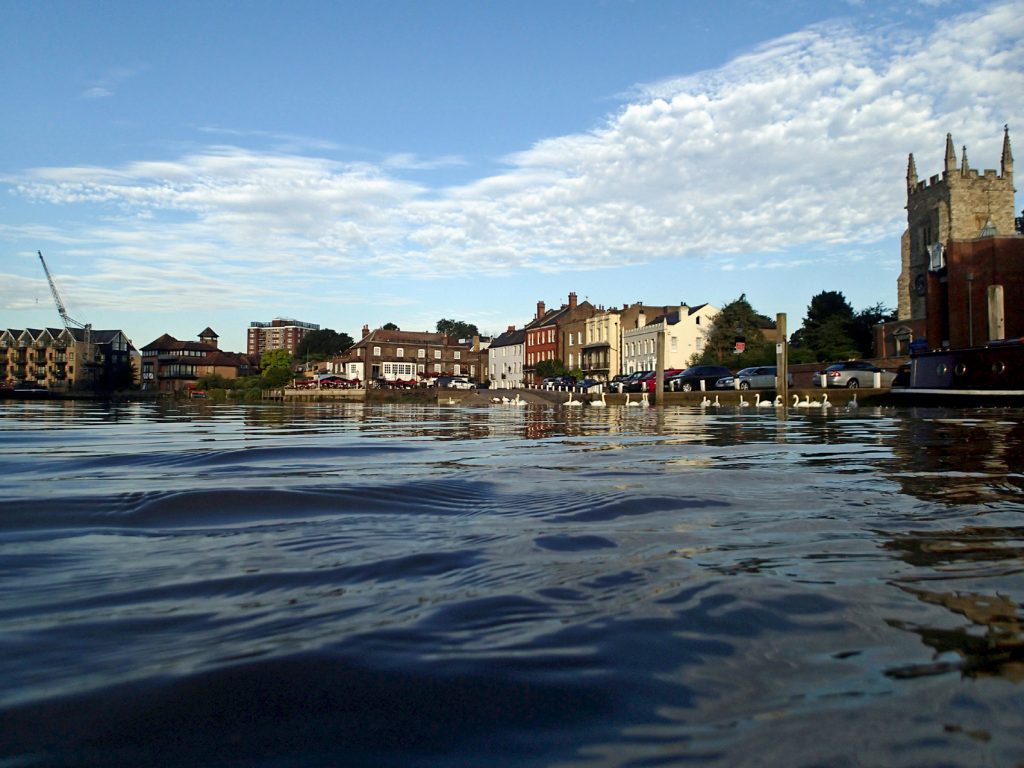
Sources of advice
Outdoor Swimming Society advice on rivers, currents and eddies, tides, rip currents, waves, coastal weather. Loneswimmer advice on estuaries, and sea kayakers’ advice on currents.
Outdoor Swimming Society: understanding tidal rivers and estuaries (a version of this page)
Outdoor Swimming Society: understanding rivers
Outdoor Swimming Society: currents and eddies
Outdoor Swimming Society: tides
Outdoor Swimming Society: understanding rip currents
Outdoor Swimming Society: understanding waves
Outdoor Swimming Society: coastal weather
Loneswimmer advice on estuaries and other locations
Sea kayaker advice on currents
Swimming after rain and in bad weather, on this website
Norfolk’s bore
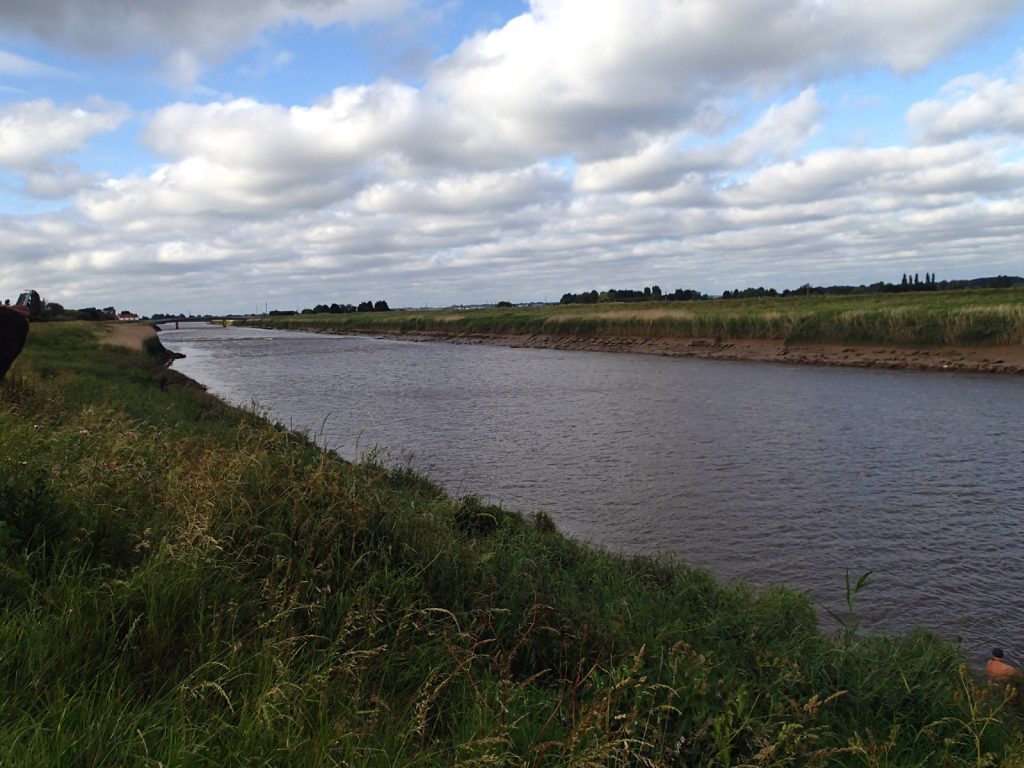
Near King’s Lynn you can see the Wiggenhall Wave, a tidal bore known locally as the Eagre. Some swim it as these swimmers did – but the current is very fast, there are few places to get out and you have to know where they are, so only do so with experienced locals. The phenomenon is explained in more detail on this video by local expert Kevin Holland and oceanographer Dr Rob Hall.
Read about swimming in the Broads National Park
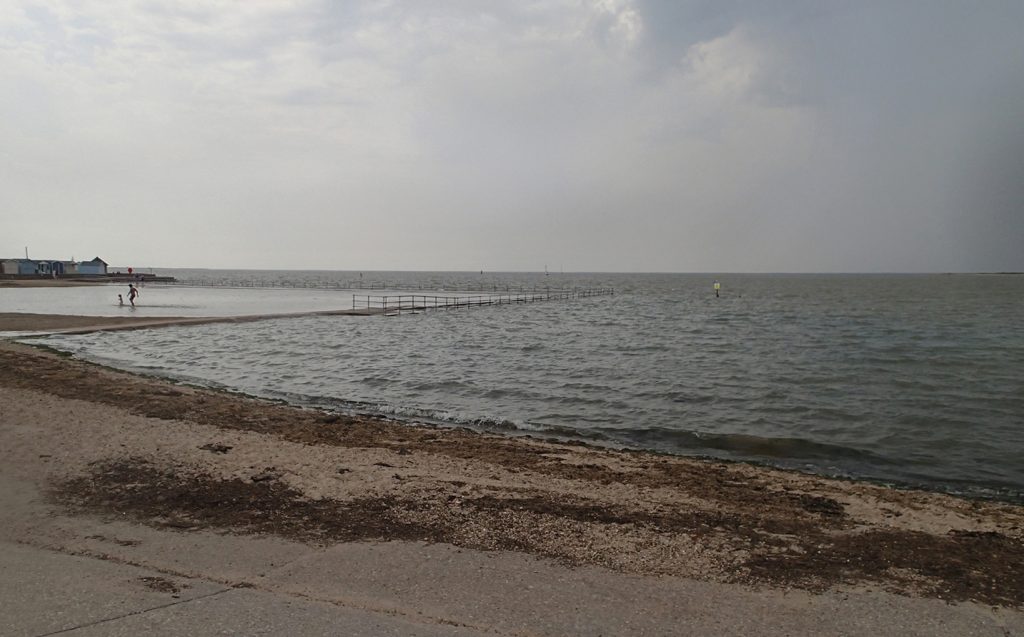
Article compiled by Imogen Radford, May 2019. Please note that I have included information and advice that I believe to be accurate and helpful, but I take no responsibility for swimmers. All outdoor swimmers must be solely responsible for making their own assessment as to the risks of any sort of swimming or related activity.
A similar piece is also on the Outdoor Swimming Society website, Understanding Tidal Rivers and Eastuaries
